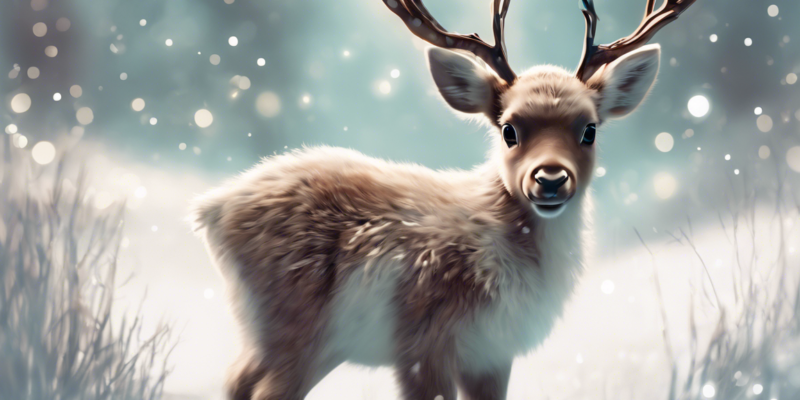Introduction
Llewellyn Harrison Baby Reindeer, also known as LHBR, are small and delicate creatures that require special care and attention to thrive in a domestic environment. Proper care and nurturing are essential to ensure that they grow up healthy and happy. In this comprehensive guide, we will discuss everything you need to know about caring for LHBR, from feeding and habitat requirements to health considerations and handling tips.
Feeding
Feeding is a crucial aspect of LHBR care. These baby reindeer require a diet that closely mimics their natural food sources in the wild. Feeding formula specifically designed for LHBR is recommended, as it contains the essential nutrients they need to grow and develop. It’s important to feed them at regular intervals throughout the day to ensure they are getting enough nutrition.
Habitat
Creating the ideal habitat for LHBR is essential for their health and well-being. A spacious enclosure with plenty of room to roam and explore is important. The enclosure should also include shelter from the elements and soft bedding for them to rest on. Regular cleaning and maintenance of the habitat are necessary to prevent the buildup of waste and bacteria.
Health Considerations
Keeping a close eye on the health of your LHBR is crucial. Regular check-ups with a veterinarian are recommended to ensure they are growing and developing properly. Vaccinations and preventative care are also important to keep them healthy and prevent any illnesses. Monitoring their eating habits and behavior can help you identify any potential health issues early on.
Handling Tips
Handling LHBR requires gentleness and patience. They are delicate creatures that can easily become stressed if handled roughly. When handling them, it’s important to support their body and head to prevent any injuries. Bonding with your LHBR through regular interaction can help build trust and make handling easier.
FAQs:
- How often should I feed my LHBR?
-
LHBR should be fed at least every 2-4 hours, depending on their age and size.
-
What temperature should the habitat be kept at?
-
The ideal temperature for LHBR is between 50-70 degrees Fahrenheit.
-
Can LHBR be kept indoors?
-
While LHBR can be kept indoors temporarily, they require access to outdoor space for exercise and mental stimulation.
-
What should I do if my LHBR appears sick?
-
If your LHBR shows signs of illness, contact a veterinarian immediately for an evaluation and treatment.
-
Are there specific toys or enrichment activities for LHBR?
-
Providing toys such as balls and puzzle feeders can help keep LHBR mentally stimulated and active.
-
How do I train my LHBR?
-
Positive reinforcement training methods can be used to train LHBR basic commands and behaviors.
-
Do LHBR shed their antlers?
-
Yes, LHBR shed their antlers annually, typically in late winter or early spring.
-
Can LHBR be kept as pets?
-
While LHBR can be kept as pets, they require specialized care and are not suitable for everyone.
-
What common health issues do LHBR face?
-
LHBR are susceptible to respiratory infections, parasitic infestations, and hoof-related issues.
-
How long do LHBR typically live in captivity?
- With proper care, LHBR can live up to 15-20 years in captivity.
By following the tips and guidelines outlined in this guide, you can ensure that your Llewellyn Harrison Baby Reindeer is well cared for and thriving in its environment. Remember that providing a loving and nurturing home is key to their happiness and well-being.

